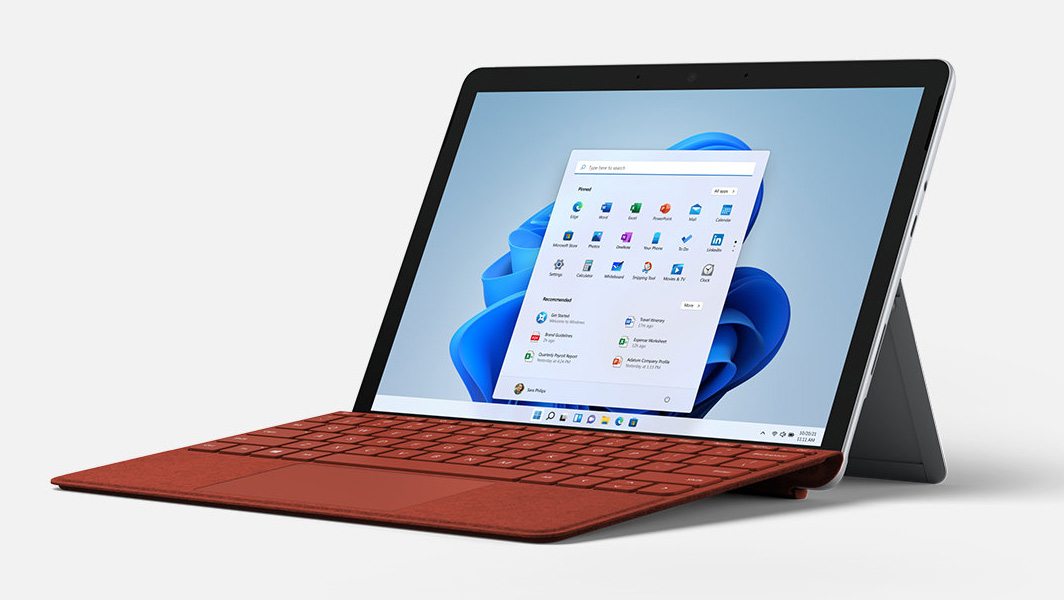Microsoft Could Arm Next Surface Go With Alder Lake-N SoC
Alder Lake E-cores could power the next generation of affordable Surface tablets

Rumors suggest that Microsoft will launch a next-generation Surface Go tablet later this year, and that device could be powered by Intel's new "Atom-inspired" Alder Lake-N CPU architecture. If true, this will give the next-gen Surface Go a significant performance boost over the outgoing Surface Go 3, which comes with much older 14nm Amber Lake CPUs.
The new rumors suggest that the next Surface Go 3 will be powered by the Intel Processor N200, a quad-core, four-threaded CPU with a 3.7GHz boost clock and 6W TDP. This chip is one of Intel's latest Alder Lake-N SoCs, featuring its highly efficient but surprisingly quick Gracemount CPU cores. These are the same cores found in Intel's Alder Lake and Raptor Lake desktop/mobile CPUs, where they are known as efficiency cores.
Despite their purpose, the Gracemount core is surprisingly powerful for its size and power consumption. Intel says Gracemount is just as fast as its 6th Generation CPUs built on the Skylake architecture in 2015, which is quick considering these chips consume around 6W (depending on clock speed and core count). For reference, a Skylake chip like a Core i5-6600K can still run basic workloads without a hitch and can still play modern games with modern GPUs as long as you aren't expecting sky-high frame rates.
This should give the next generation Surface Go very usable CPU performance, as it will be a noteworthy upgrade over the current generation's two options of either a Pentium Gold 6500Y or Core i3-10100Y. The N200 also features a modern integrated graphics chip running on Intel's Xe-LP architecture supporting AV1 encode/decode and 8K 60p playback. This will make the next Surface Go an excellent video-watching device (whether or not you're watching from the tablet screen or plugging into a 4K TV).
The only CPU choice rumored to be in the works for the new Surface Go is the Intel Processor N200. But we could see even more powerful CPUs in the official model since the current generation tablet has a Core i3 option. If Microsoft goes with a second, more powerful CPU option, we could see Core i3-N300 or Core i3-N305 being used, offering eight cores instead of four and a slightly higher clock speed. The N305, in particular, more than doubles the power rating of the N200, going from 6W to 15W.
According to Windows Latest, Microsoft is planning to launch the new Surface Go tablet this fall, supposedly, there was also going to be an ARM version that would release at the same time, but it has been postponed for unknown reasons.
Get Tom's Hardware's best news and in-depth reviews, straight to your inbox.

Aaron Klotz is a contributing writer for Tom’s Hardware, covering news related to computer hardware such as CPUs, and graphics cards.